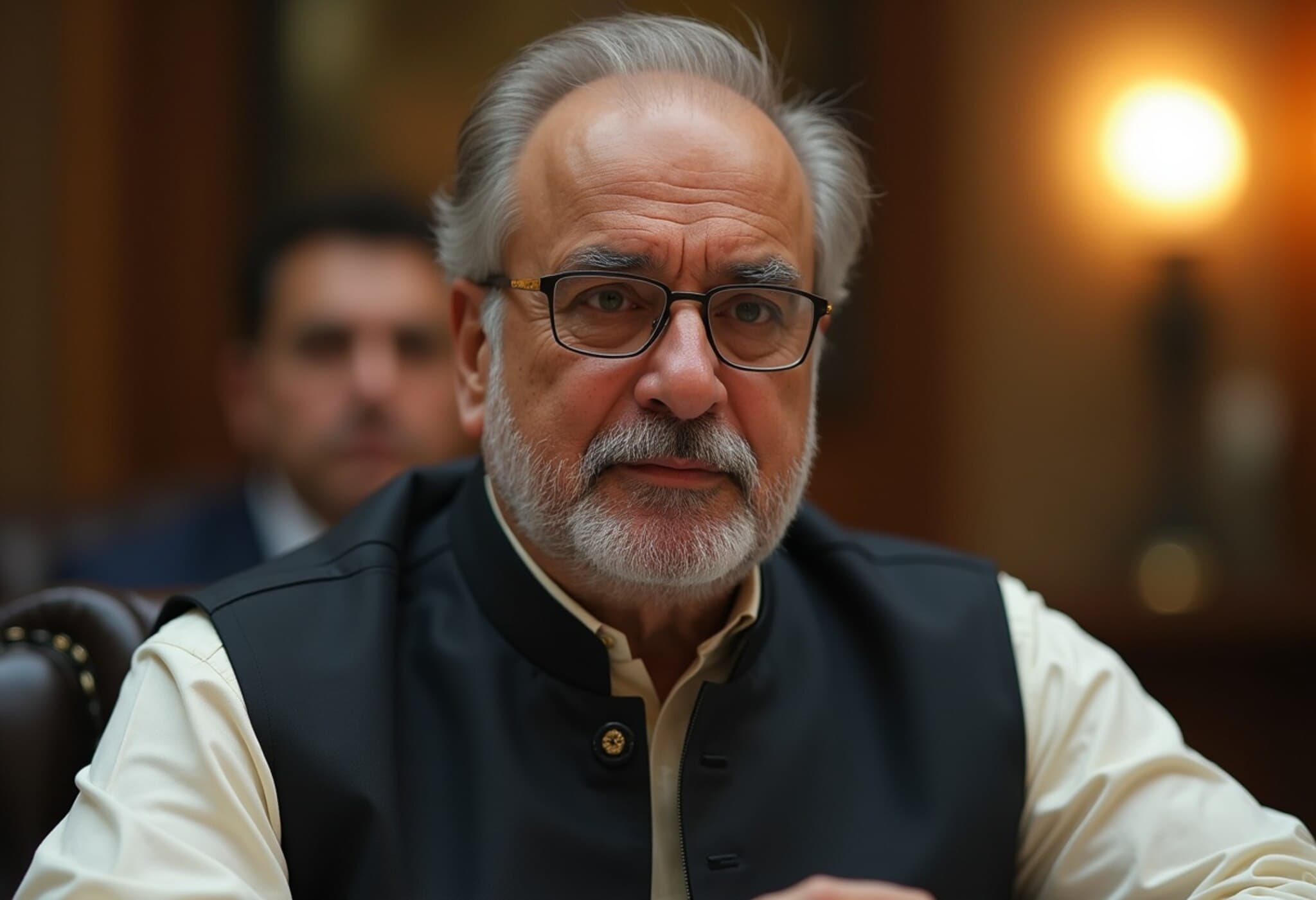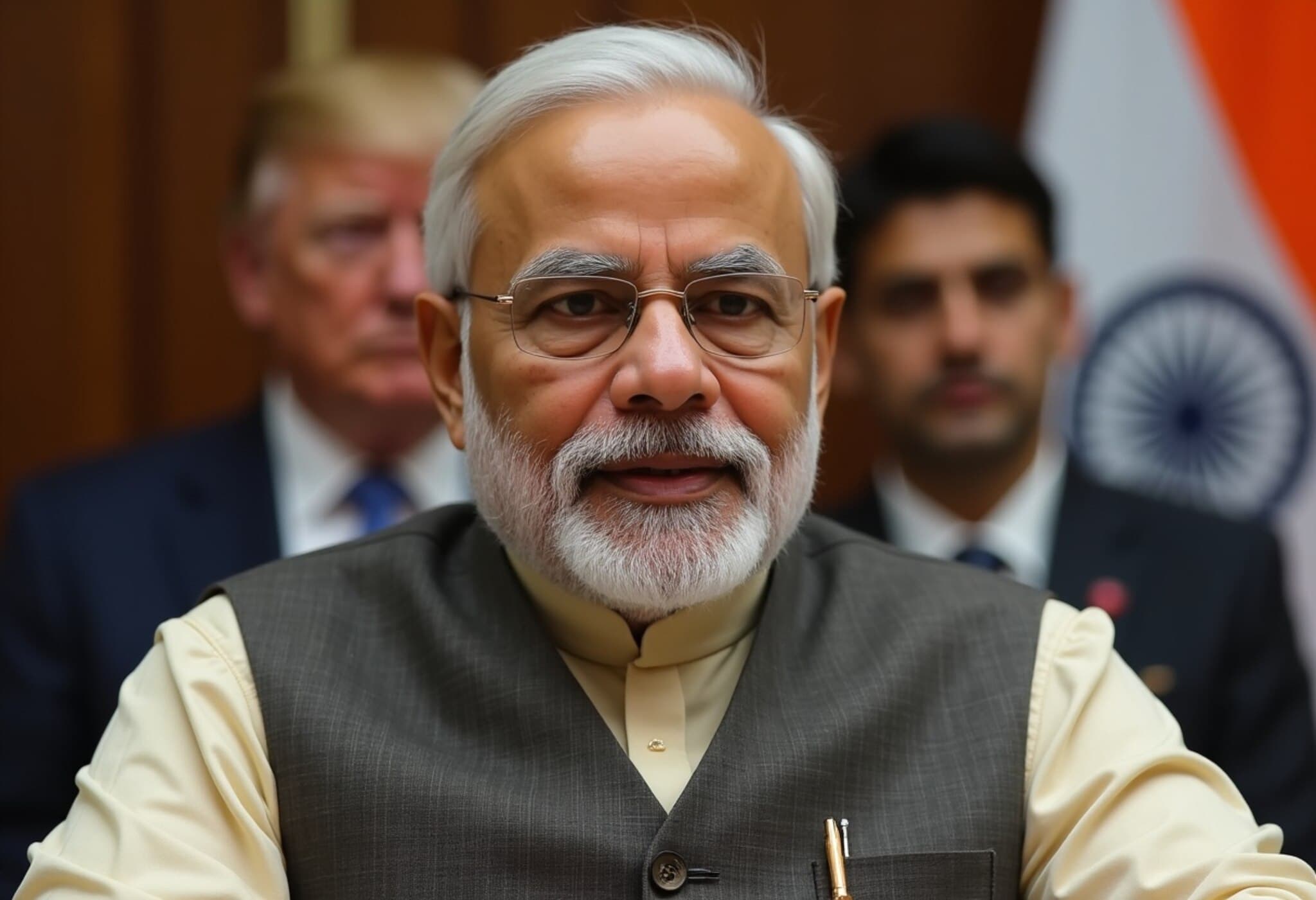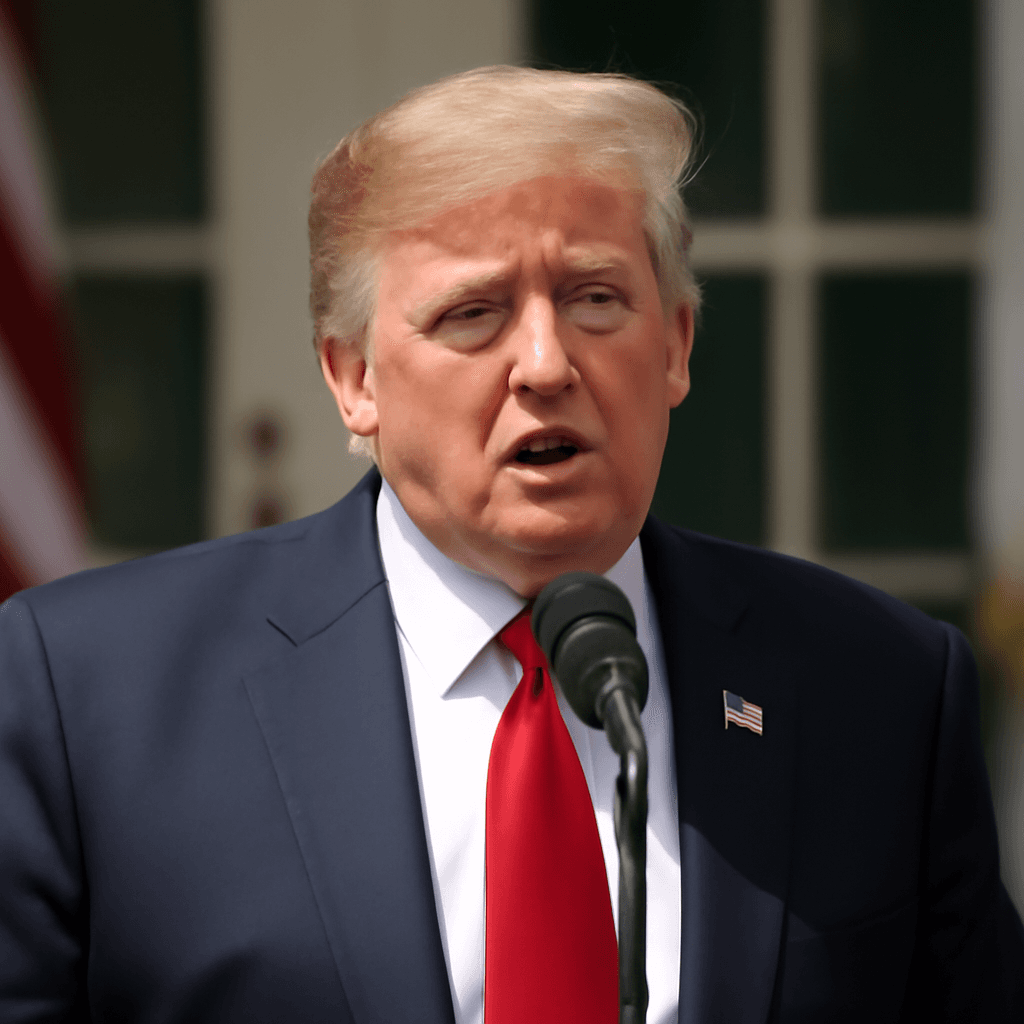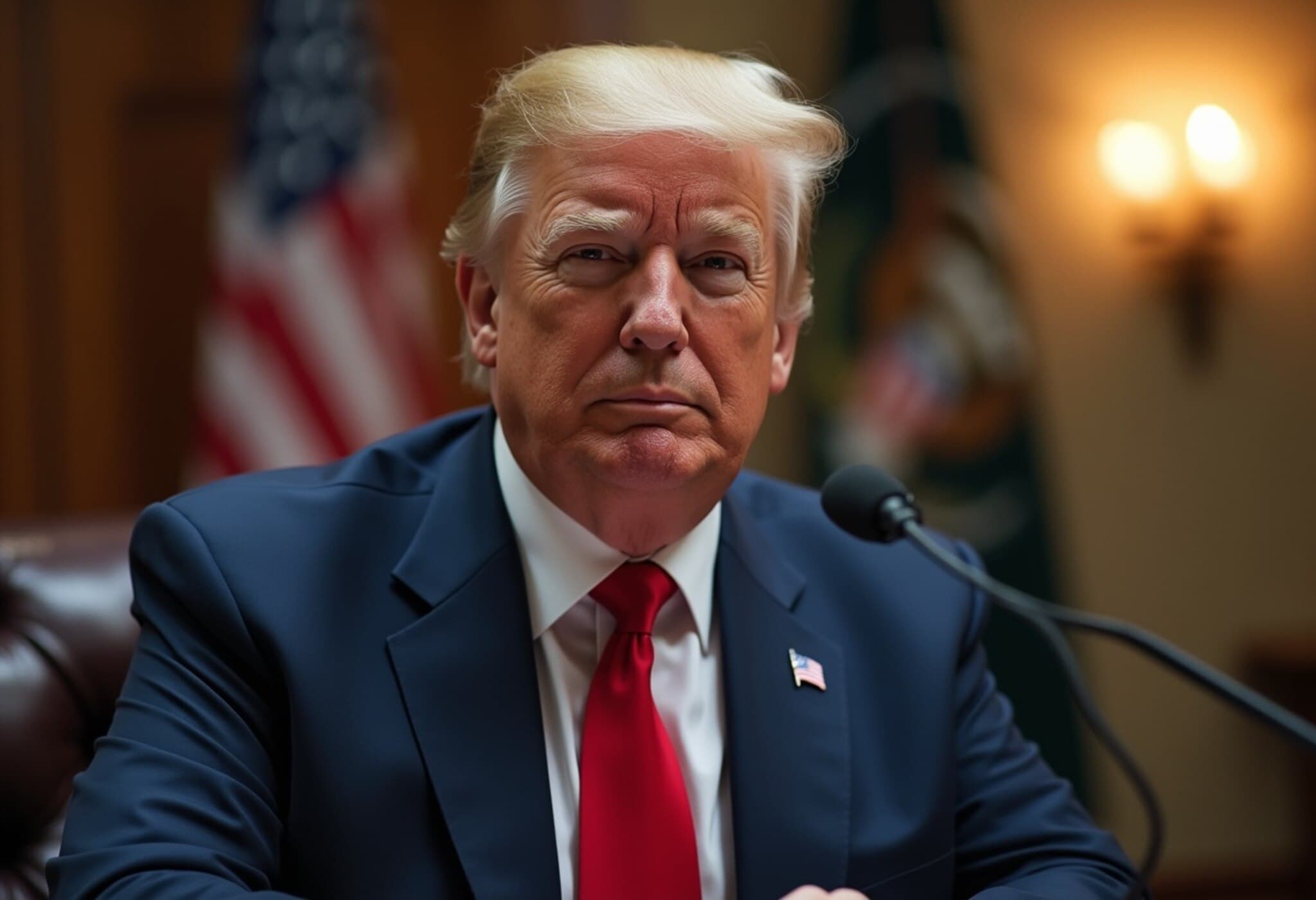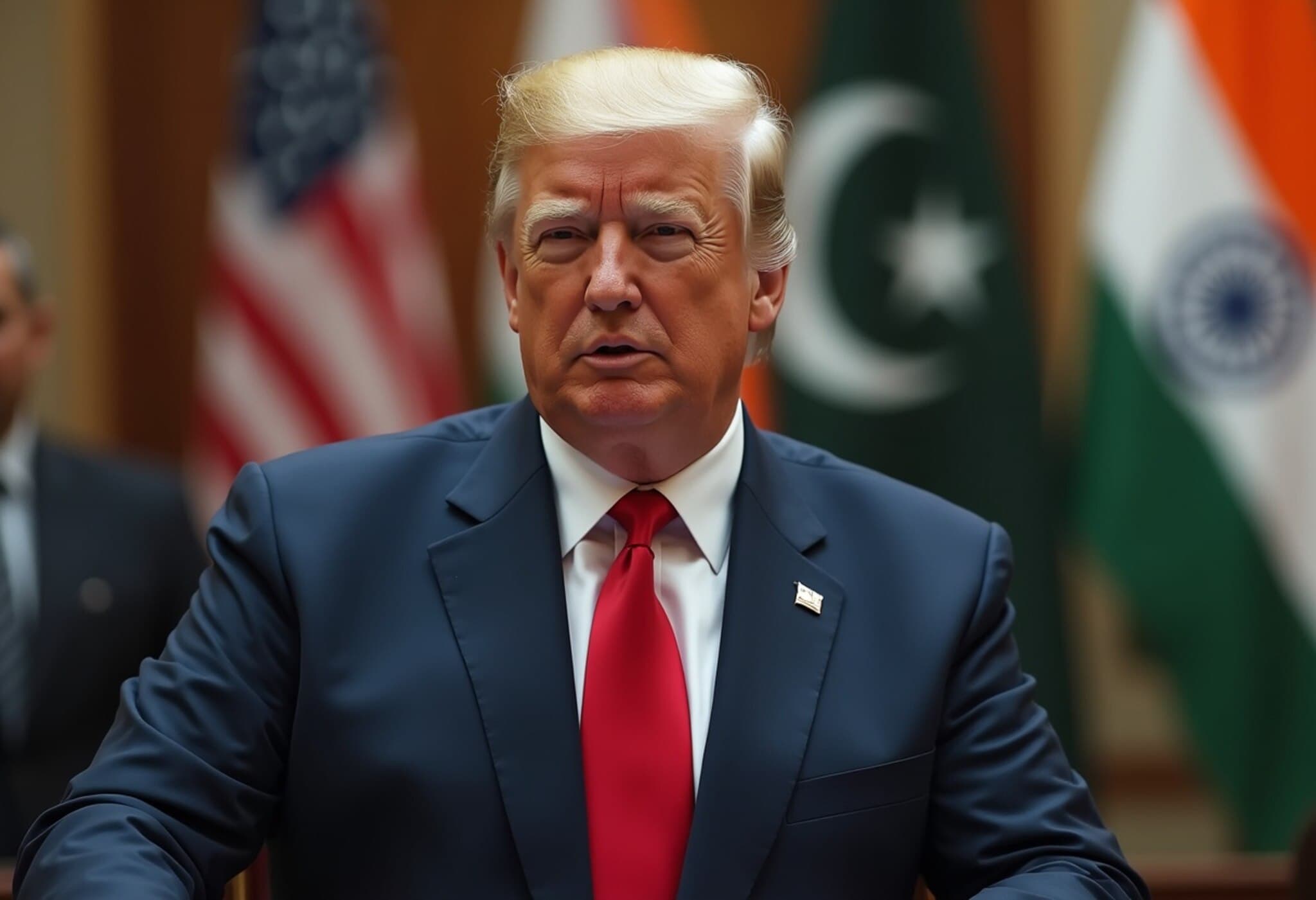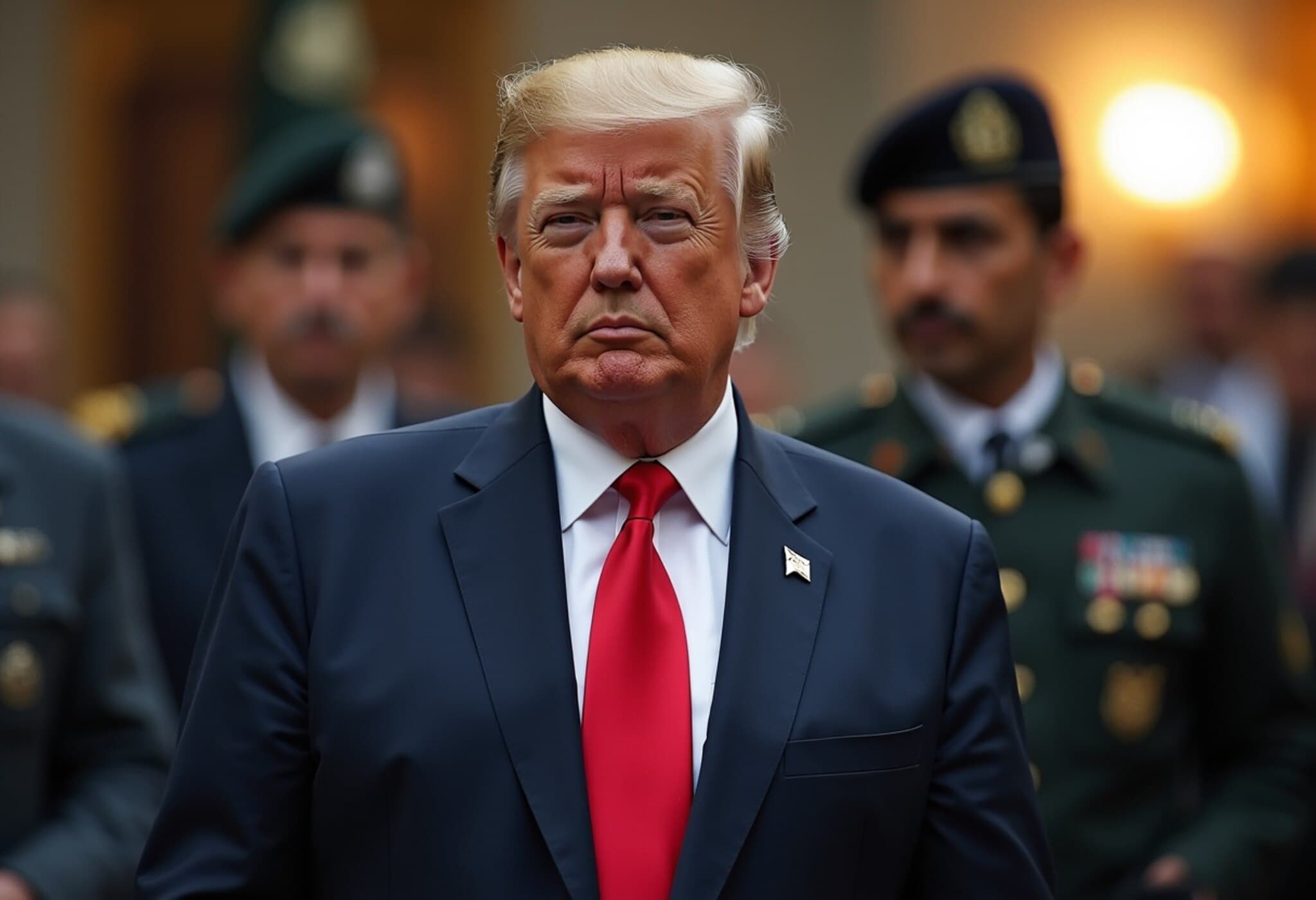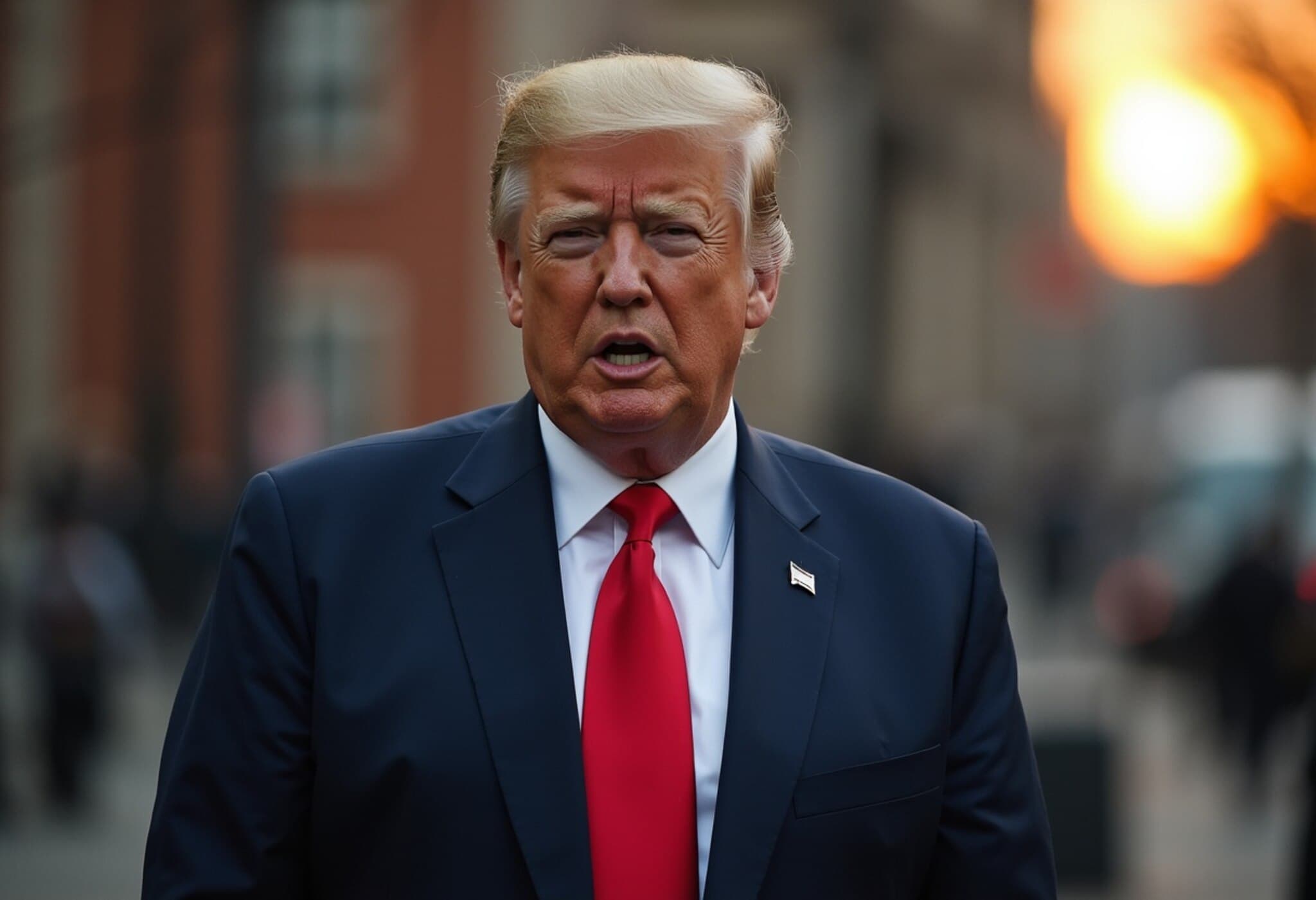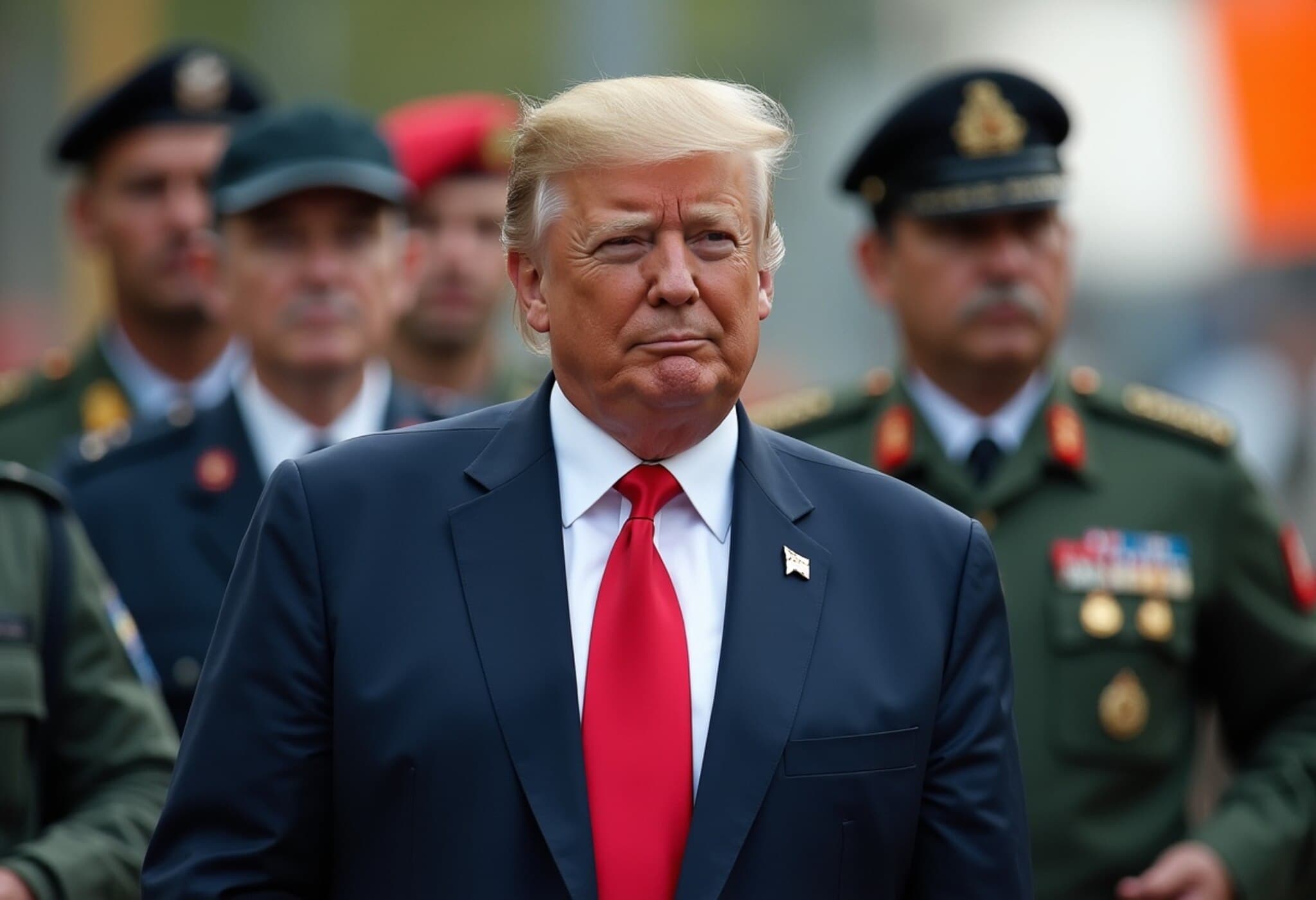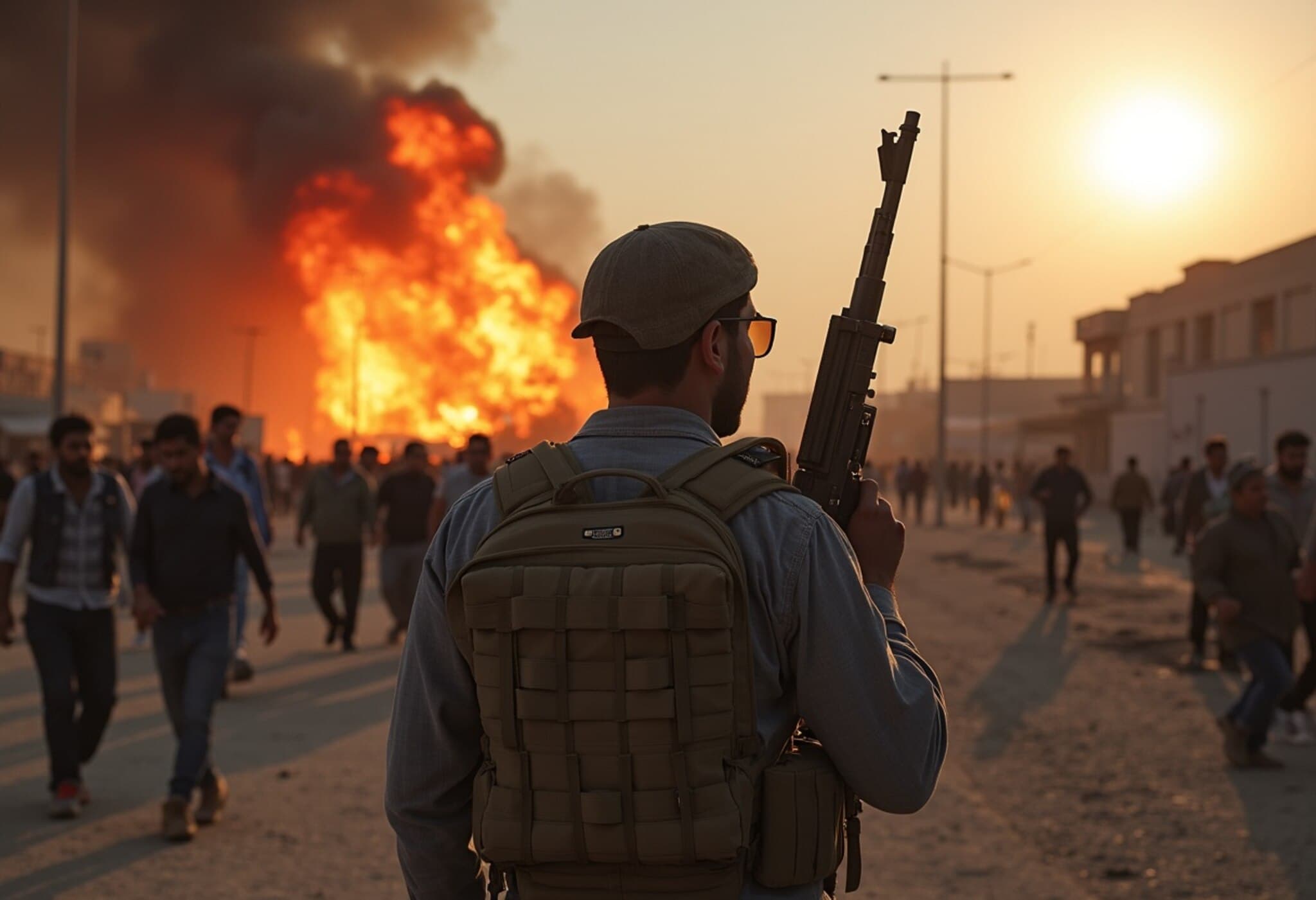Pakistan's Prime Minister Shehbaz Sharif Reaffirms Defensive Nuclear Posture
In the backdrop of escalating hostilities and international scrutiny, Pakistan's Prime Minister Shehbaz Sharif firmly dismissed concerns about Pakistan initiating a nuclear conflict with India. Speaking from Islamabad on July 12, 2025, Sharif emphasized that Pakistan’s nuclear arsenal is strictly intended for self-defence and to maintain regional peace, reiterating it is “not for aggression.”
Context of the Recent Hostilities
The tense exchange of fire traces back to a tragic terror attack in Pahalgam on April 22, which left 26 civilians dead. India, in a decisive retaliation, launched Operation Sindoor, targeting terror infrastructure deep within Pakistan and Pakistan-occupied Kashmir (PoK). This operation culminated on May 7 with strikes on strategic terror strongholds, including Bahawalpur, a known hub for the terrorist group Jaish-e-Mohammad.
Sharif recounted the intense four-day confrontation during which 55 Pakistanis lost their lives and stressed that Pakistan responded with “full might” during the escalation. The premier’s remarks were directed at countering narratives portraying Pakistan as engaging in nuclear blackmail.
India’s Response: A New Strategic Paradigm
On July 7, Indian Prime Minister Narendra Modi delivered a strong message declaring that India “will not tolerate any nuclear blackmail.” Modi’s speech underscored India’s commitment to a “new normal” in counterterrorism — a stance that involves proactive and calibrated military responses to terrorism, rather than passive diplomacy.
This evolving stance by both countries illustrates the persistent volatility in South Asia, where nuclear weapons remain central to strategic calculations but also carry immense risks of catastrophic escalation.
Political Stability within Pakistan: Debunking Rumors
Amid political rumors swirling in Pakistan, Sharif addressed speculation about leadership upheavals. He categorically denied claims suggesting President Asif Ali Zardari might resign or that Army Chief Field Marshal Asim Munir harbored presidential ambitions.
Sharif described these as “baseless speculation” and highlighted the cohesive relationship among Pakistan’s civil and military leadership, united by a shared goal of national progress despite external pressures.
Expert Commentary: Navigating a Delicate Balance
International relations experts highlight that Sharif’s reassurance attempts to stabilize both domestic and international perceptions – a vital effort considering Pakistan’s complex security architecture. The country's nuclear doctrine, officially described as credible minimum deterrence, aims to dissuade aggression without provoking further conflict.
However, the underlying challenge remains how both India and Pakistan can foster dialogue and reduce tensions in an environment where even limited conflicts risk spiraling dangerously close to nuclear thresholds.
Underreported Perspectives
- Civilian Impact: The human cost of these confrontations, including civilian casualties and displacement, often receives less coverage but remains a crucial factor in the peace process.
- Diplomatic Channels: The role of international mediators and regional forums in de-escalating tensions is pivotal yet underexplored in mainstream narratives.
- Internal Military-Civil Relations: The balance of power between Pakistan’s military and civilian government continues to influence how foreign policy and national security decisions are made.
Looking Ahead: The Fragility of Peace in South Asia
As both nations continue to navigate a precarious security landscape, maintaining transparent communication and committing to peaceful conflict resolution mechanisms become ever more critical to prevent miscalculations. Pakistan’s reaffirmation of a defensive nuclear doctrine seeks to temper fears but also shines a light on the ever-present risk such weapons pose in one of the world's most volatile regions.
Editor's Note
While Prime Minister Shehbaz Sharif stresses Pakistan’s nuclear weapons are for defense only, questions linger about the sustainability of peace in South Asia given ongoing tensions and asymmetric responses. Readers are encouraged to consider the broader geopolitical implications and the human stories behind these headlines. How can regional actors and the international community work together to ensure that deterrence does not spiral into disaster? Can political stability within Pakistan support a long-term peaceful strategy? These remain key questions as the story continues to unfold.

